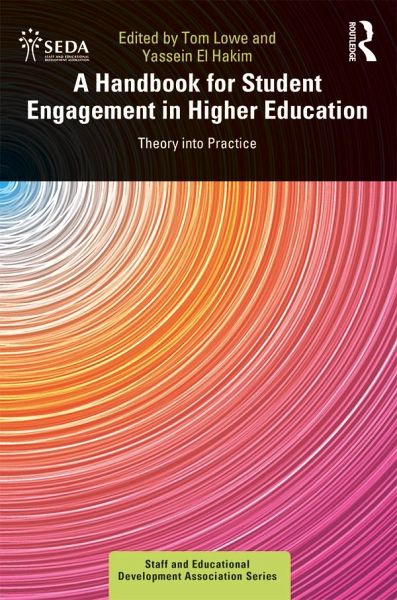
A Handbook for Student Engagement in Higher Education
Theory into Practice
Herausgeber: Lowe, Tom; El Hakim, Yassein
Versandkostenfrei!
Versandfertig in 1-2 Wochen
46,99 €
inkl. MwSt.
Weitere Ausgaben:

PAYBACK Punkte
23 °P sammeln!
A sector-leading handbook, this text unpacks how students and staff can work together to genuinely transform the higher education learning experience.














